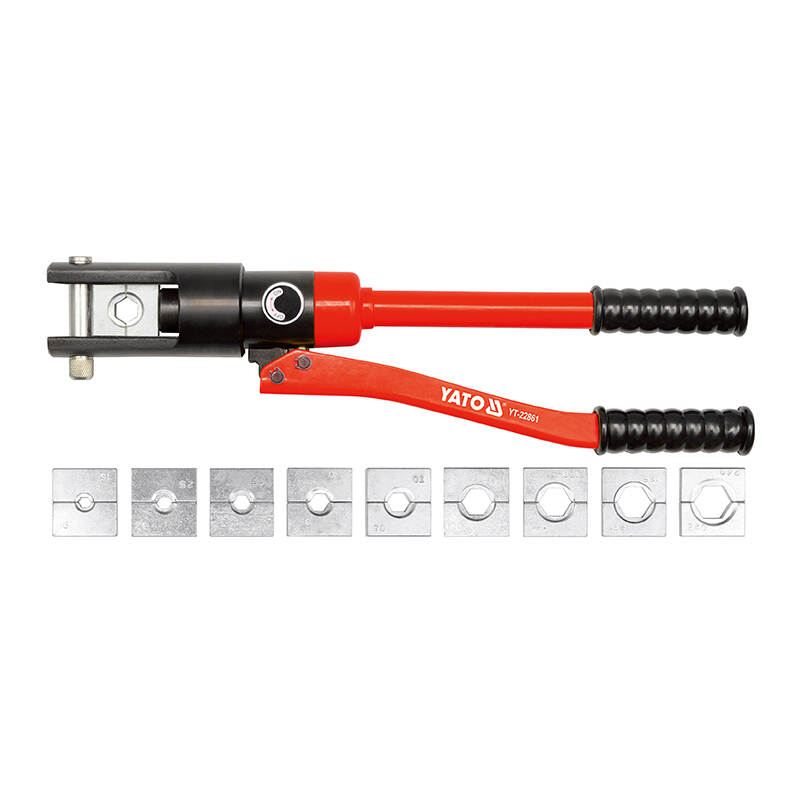Email format error
Email cannot be empty
Email already exists
6-20 characters(letters plus numbers only)
The password is inconsistent
Email format error
Email cannot be empty
Email does not exist
6-20 characters(letters plus numbers only)
The password is inconsistent


Hydraulic pliers are a type of tool that uses hydraulic pressure to enhance the force applied, making tasks like cutting, crimping, or bending easier and more efficient. They are commonly used in various industries, including construction and automotive repair, where strong and precise grip or cutting power is essential. The design typically includes a handle that, when squeezed, activates a hydraulic mechanism to provide increased leverage and strength, allowing users to work with tough materials effortlessly.
Here are the key features of hydraulic pliers:
1. Hydraulic Mechanism: They utilize hydraulic pressure to amplify force, making them capable of handling tougher materials and more demanding tasks.
2. Increased Force: The hydraulic system allows for significantly more cutting or crimping power compared to traditional pliers, making work easier and more efficient.
3. Ergonomic Design: Many hydraulic pliers are designed with comfortable handles to reduce strain on the user’s hands, allowing for prolonged use without discomfort.
4. Versatility: They can be used for various applications, including cutting, crimping, and bending different types of materials, such as wires and metal components.
5. Precision Performance: Hydraulic pliers provide a high level of precision, allowing users to achieve accurate results in their tasks.
6. Durability: Made from high-quality materials, hydraulic pliers are built to withstand heavy use in demanding environments.
7. Safety Features: Many models include safety locks or mechanisms to prevent accidental operation, enhancing user safety during use.
Here are several application scenarios for hydraulic pliers:
1. Construction: Hydraulic pliers are commonly used for cutting rebar and wire, crimping connectors, and bending metal components in various construction projects.
2. Automotive Repair: They are often utilized in automotive workshops to crimp and connect electrical wiring, cut metal components, and perform general maintenance tasks.
3. Electrical Work: Electricians use hydraulic pliers for crimping terminal connectors and cutting heavy gauge wires, ensuring strong and secure connections.
4. Metal Fabrication: In metalworking and fabrication industries, these pliers are employed to bend and cut sheets and rods, allowing for precise shaping of materials.
5. Marine Applications: Hydraulic pliers are useful in marine settings for repairing vessels, as they can efficiently handle tough materials like cables and wiring.
6. Telecommunications: They are used for cutting and crimping cables in telecommunications, ensuring reliable connections for data and communication lines.
7. Maintenance and Repair: Hydraulic pliers are an essential tool in maintenance tasks across various industries, helping with the assembly and disassembly of equipment and machinery.